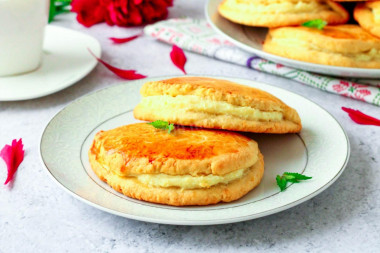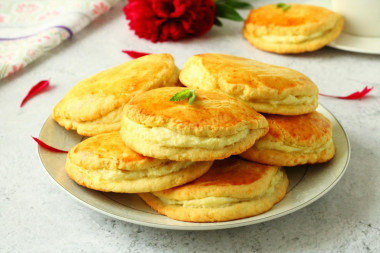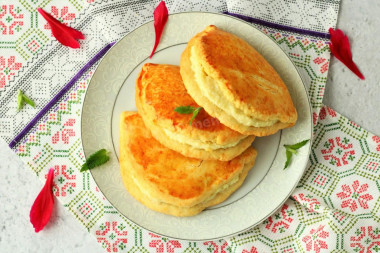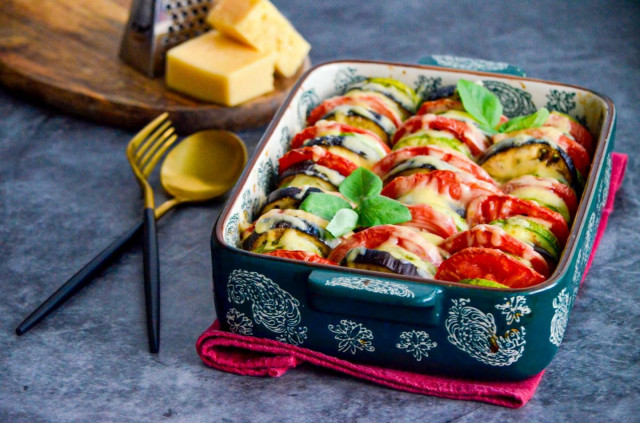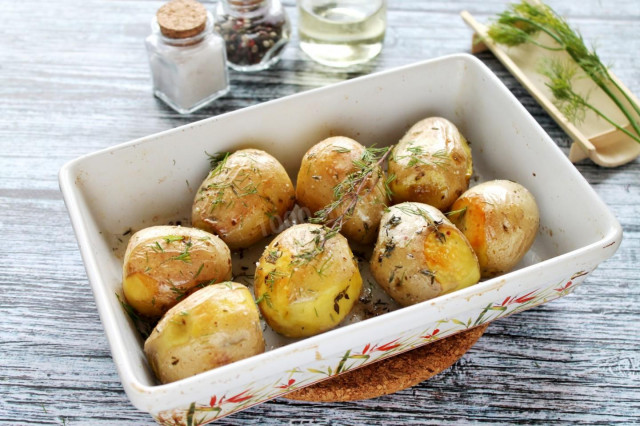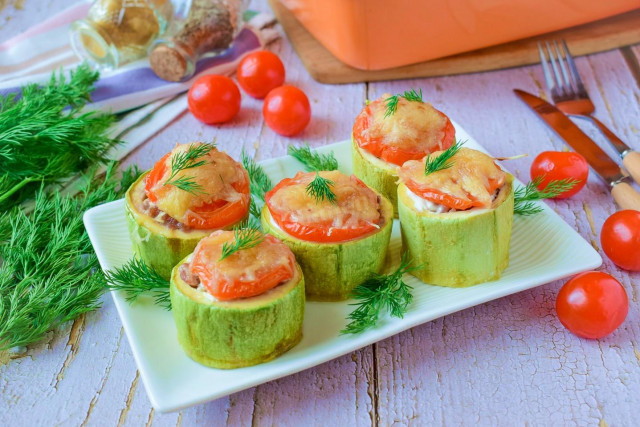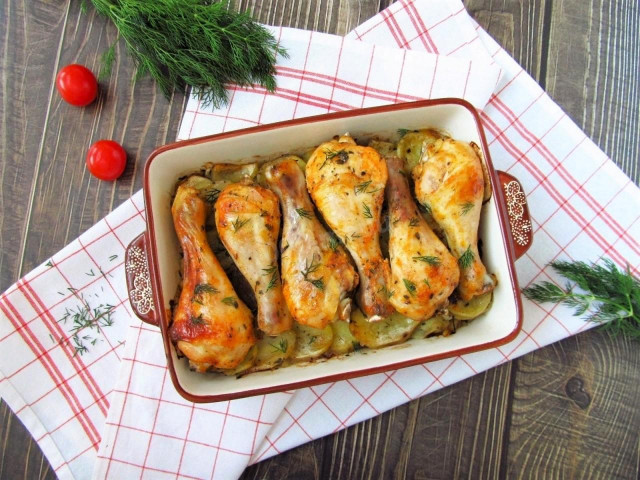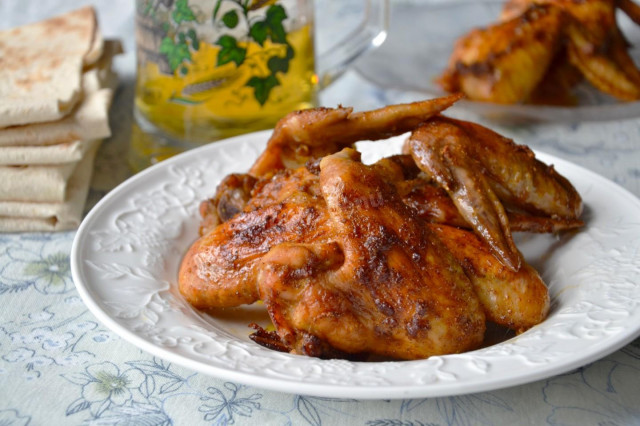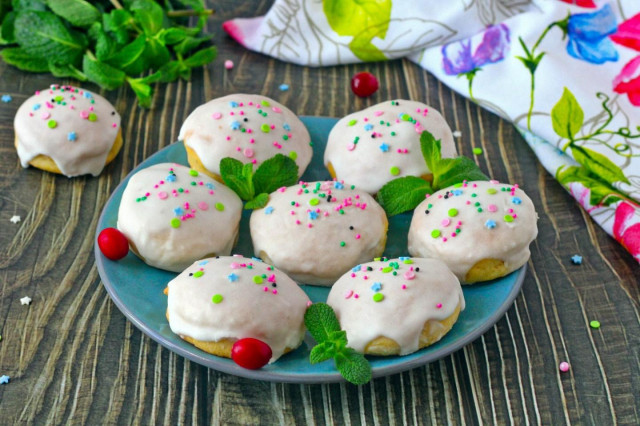Composition / ingredients
Step-by-step cooking
Step 1:
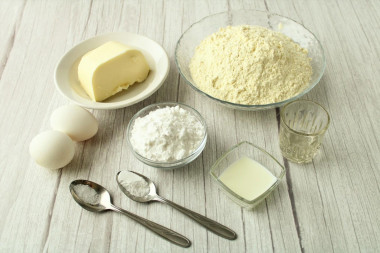
How to make classic sochniki with cottage cheese according to GOST? First prepare the dough. Prepare the ingredients for it. Take good quality butter. This is the main ingredient for shortbread dough, so the taste and quality of the finished product will depend on its choice. Remove the butter from the refrigerator in advance so that it softens at room temperature. Powdered sugar can be replaced with fine sugar. Divide one of the two eggs into the white and yolk.
Step 2:
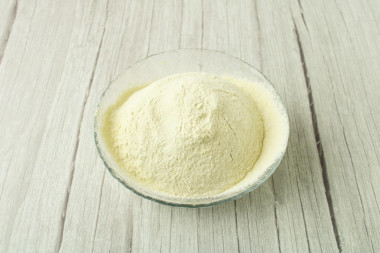
How to make dough? Combine the flour with baking powder and sift into a separate bowl.
Step 3:
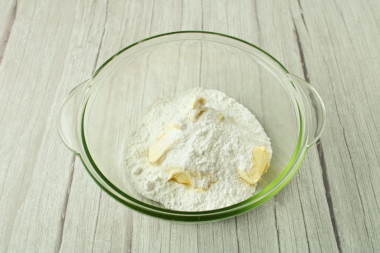
In another high container, combine butter, powdered sugar and salt. The oil should be soft, but not melted.
Step 4:
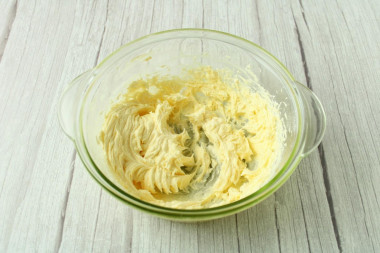
Whisk everything until smooth.
Step 5:
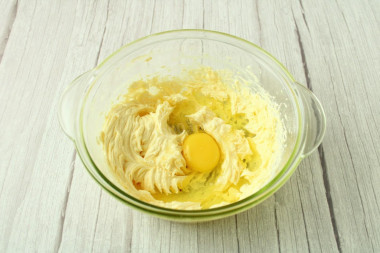
Add egg and egg white to the butter mixture. Leave the yolk to lubricate the juicers.
Step 6:
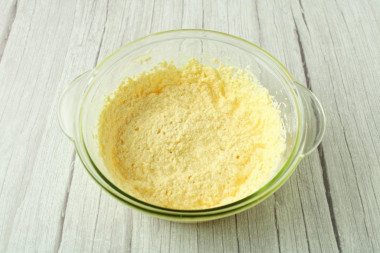
Beat well again.
Step 7:
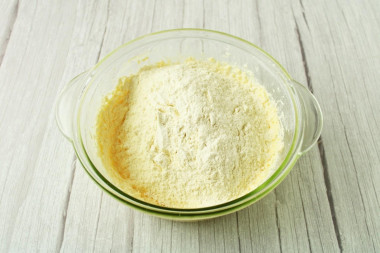
Pour in the flour sifted with baking powder. Mix first with a spoon, then knead the dough with your hands. This should be done quickly, no more than 1-2 minutes, so that the oil does not get too hot from the heat of the hands. In a warm dough, it can separate from the rest of the products and the dough will crumble when rolled out, and the juicers will turn out stiff and will not rise well. If the dough is too sticky, add another spoonful of flour. But don't overdo it, so as not to make it too tight.
Step 8:
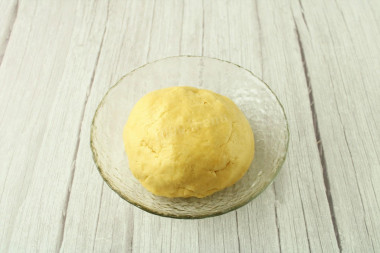
The dough should be homogeneous, oily, dense, but soft and plastic. Place the finished dough in the refrigerator for 1 hour. It should cool well. But don't try to speed up the process by cooling the dough in the freezer. It may harden too much there and it will be difficult to roll it out.
Step 9:
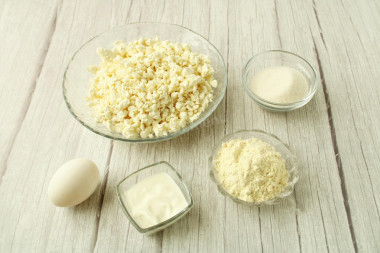
How to make the filling? Prepare the products. Cottage cheese for the filling take 5-9% fat content. Pasty cottage cheese should not be used, with it the filling will turn out to be runny. The fat content of sour cream will suit any.
Step 10:
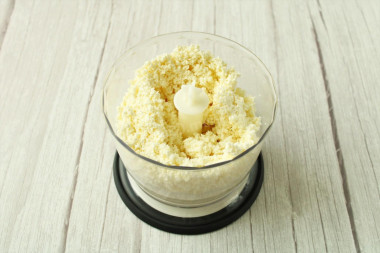
Chop the cottage cheese in a blender or rub it through a sieve so that the filling is more homogeneous and tender.
Step 11:
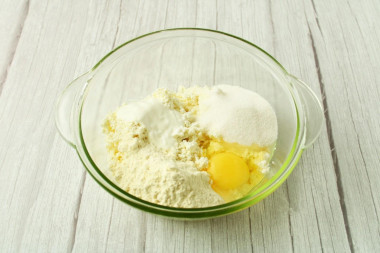
Combine cottage cheese with egg, sugar, sour cream and flour. Mix everything well.
Step 12:
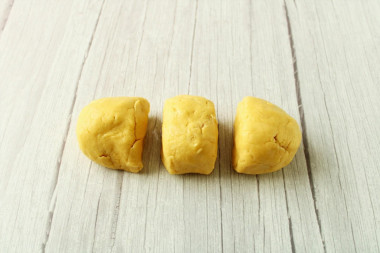
Cut the cooled dough into 3 equal parts.
Step 13:
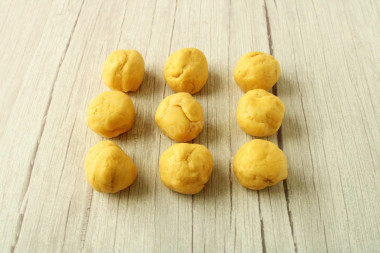
Divide each part again into 3 parts, quickly roll up the buns. I put the buns back in the refrigerator so that the dough would not get hot, and took them out one by one as they formed juicier.
Step 14:
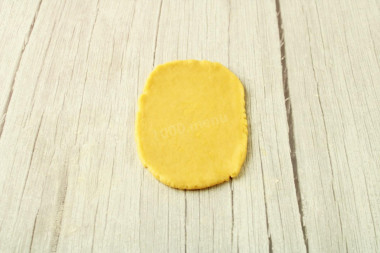
On a floured table, roll out each part of the dough into an oval tortilla about 0.5 cm thick.
Step 15:
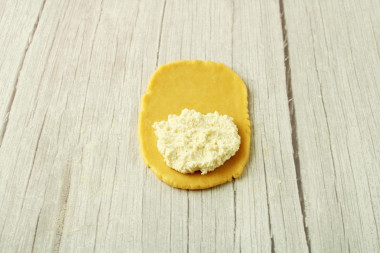
Put about 1.5 tablespoons of filling on one half of the rolled dough, a little short of the edges. Smooth the filling.
Step 16:
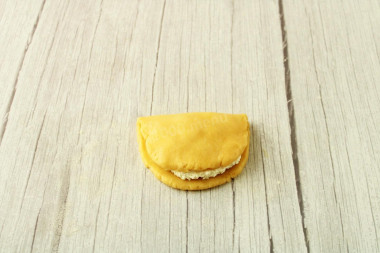
Cover the filling with the second half of the tortilla, press down a little to make a juicer in the form of a semicircle. Do not connect the edges, the filling should look a little "out" from under the top layer of dough.
Step 17:
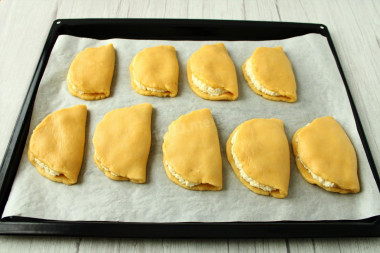
In this way, form the remaining juicers. Put the juicers on a sheet covered with parchment.
Step 18:
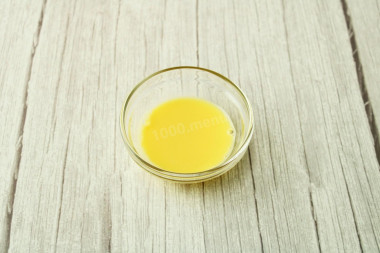
In a small bowl, whisk the yolk with milk until smooth.
Step 19:
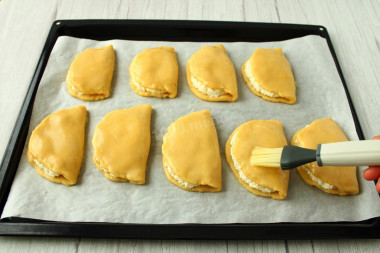
Grease the juicers on top with the resulting mixture.
Step 20:
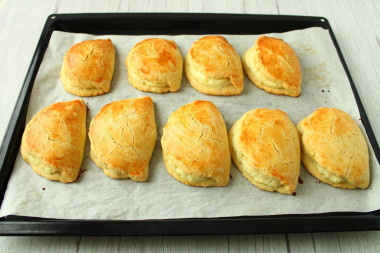
Bake the juicers in preheated to 200°In the oven for 20-25 minutes until light golden brown. The time and temperature are given approximately. Focus on the specifics of your technique.
Step 21:
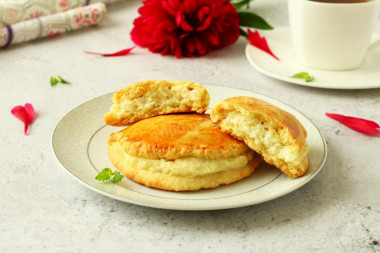
Let the finished pastries cool and serve. Bon appetit!
If the shortbread dough is prepared correctly, the juicers turn out tender, moderately crumbly and very tasty.
I used to make dough for juicers with the addition of sour cream. I liked the GOST version even more.
Be sure to wash the eggs before use, as even the seemingly clean shell may contain harmful bacteria. It is best to use food detergents and a brush.
Be prepared for the fact that flour may need more or less than indicated in the recipe. Focus not on the amount of flour, but on the desired consistency of the dough. To avoid mistakes, read about flour and its properties!
So that the oven has time to heat up to the desired temperature, turn it on in advance (10-20 minutes before cooking).
Caloric content of the products possible in the composition of the dish
- Whole cow's milk - 68 kcal/100g
- Milk 3.5% fat content - 64 kcal/100g
- Milk 3.2% fat content - 60 kcal/100g
- Milk 1.5% fat content - 47 kcal/100g
- Concentrated milk 7.5% fat content - 140 kcal/100g
- Milk 2.5% fat content - 54 kcal/100g
- Sour cream with 30% fat content - 340 kcal/100g
- Sour cream of 25% fat content - 284 kcal/100g
- Sour cream with 20% fat content - 210 kcal/100g
- Sour cream of 10% fat content - 115 kcal/100g
- Sour cream - 210 kcal/100g
- Chicken egg - 157 kcal/100g
- Egg white - 45 kcal/100g
- Egg powder - 542 kcal/100g
- Egg yolk - 352 kcal/100g
- Ostrich egg - 118 kcal/100g
- Cottage cheese of 40% fat content - 466 kcal/100g
- Cottage cheese of 20% fat content - 233 kcal/100g
- Cottage cheese of 18% fat content - 226 kcal/100g
- Cottage cheese of 10% fat content - 156 kcal/100g
- Low-fat cottage cheese - 75 kcal/100g
- Cottage cheese with sour cream - 260 kcal/100g
- Fruit cottage cheese - 147 kcal/100g
- Soft dietary cottage cheese - 170 kcal/100g
- Vitalinia cottage cheese - 64 kcal/100g
- Cottage cheese "morning" ( "danone") without sugar - 91 kcal/100g
- Cottage cheese - 156 kcal/100g
- Granulated sugar - 398 kcal/100g
- Sugar - 398 kcal/100g
- Butter 82% - 734 kcal/100g
- Amateur unsalted butter - 709 kcal/100g
- Unsalted peasant butter - 661 kcal/100g
- Peasant salted butter - 652 kcal/100g
- Melted butter - 869 kcal/100g
- Salt - 0 kcal/100g
- Wheat flour - 325 kcal/100g
- Baking powder dough - 79 kcal/100g
- Egg yolks - 352 kcal/100g
- Powdered sugar - 374 kcal/100g
- Egg whites - 44 kcal/100g


